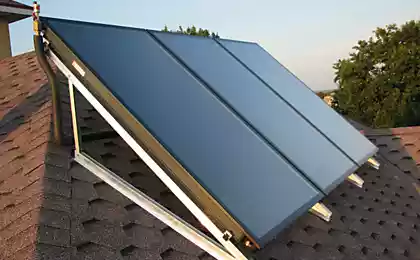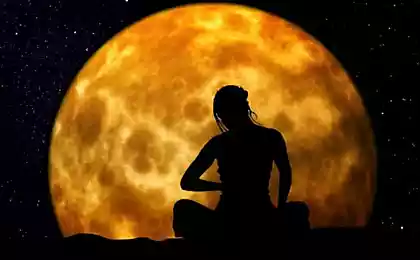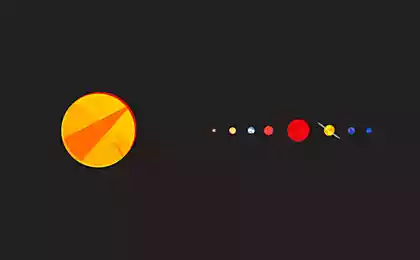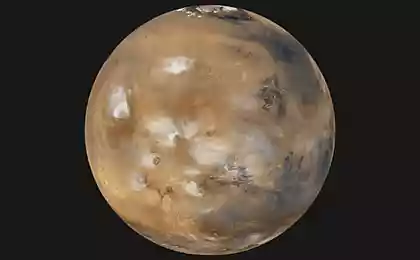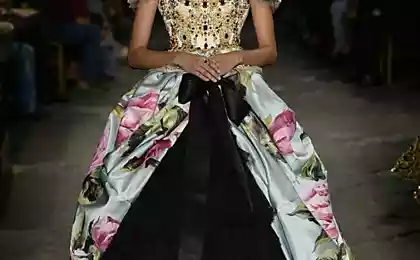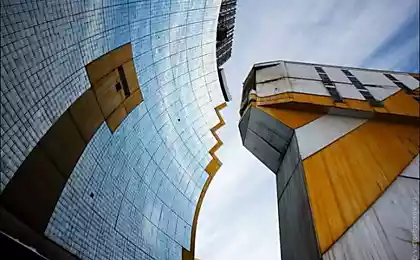1210
The Solar System
@ 4 Picchu
Well, it seemed - that we can still do not know about the solar system. Yes a lot!
We will not go into what the secrets are stored Mars, Jupiter, Venus. These topics are devoted many articles on the Internet, including online history of the Earth. Of course, in those few articles purely scientific basis, but it there and can not be, because mainstream science does not recognize much, much is not able to prove, and that may prove - not allowed.
But let us turn to the information exclusively scientific origin.

And many of you have heard of the Kuiper Belt?
I am sure that almost none of the readers of this page of this zone have not heard! A Kuiper - this is not a fashion designer or leather maker, and dog collars also never done (at least the official science does not know about it).
The little-known region of the solar sistemyNamolennaya Wikipedia tells us that the Kuiper Belt (sometimes also called a belt Edgeworth - Kuiper) - a fancy area of the solar system beyond Neptune. Here adjacent shorter. The Kuiper Belt is similar to the asteroid belt, it is about 20 times wider and 20-200 times as massive as the last. Like the asteroid belt, it consists mainly of small bodies. From there, these small bodies come from? Ostensibly they are there arose in the formation of the solar system. Unlike objects asteroid belt Kuiper belt objects consist mainly of volatile substances such as methane, ammonia and water. Last there a lot. To some water is not enough - you are welcome! Be sure to tell the Arab sheiks - a lot of water, in the Kuiper belt! And then on to you - it is not nine planets!
Dear Wikipedia notes that in "the area near space are at least three dwarf plenety: Pluto, Haumea and Makemake. Pluto - we heard it in the school curriculum and even there. And the other two!
Since then, in 1992, the belt was discovered, the number of known DIC (about plutonovyh objects) exceeded one thousand, and it is estimated that more than seventy thousand more!
DIC with a diameter greater than 100 km are not found. Previously it was believed that the Kuiper Belt - the main source of short-period comets with orbital periods less than 200 years. However, observations conducted from the mid-1990s showed that the Kuiper belt is dynamically stable and comets to us rushes.
Pluto - the largest known Kuiper Belt object. Initially it was considered a planet, but was reclassified as a dwarf planet. In composition, Pluto resembles other objects of the Kuiper belt, and its orbital period can be attributed to a subset of its defense industry under the name "Plutino" - in tune with the Russian language as something suspicious and funny sounds.
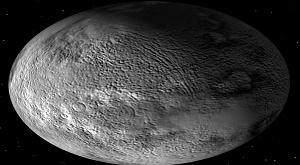
So what? If Pluto is not a planet, but just a dwarf, so how many planets in this solar system ?!
The answer - and hell knows! But probably 11 or 12. So say the ancient sources.
But such official science tells us about the above two planets in the Kuiper Belt:
Haumea - dwarf planet Kuiper Belt
Haumea - dwarf planet, Plutoid, trans-Neptunian objects (TNO). According to astronomers from the Palomar Observatory (California), a size comparable to the size of Pluto, strongly elongated shape and period of rotation around its axis about 4 hours. Has 2 satellite with an orbital period of 18 and 49 days. Named after the Hawaiian goddess of fertility and childbirth Haumea.
Makemake - dwarf planet, Plutoid, Classical Kuiper belt object. Originally designated as 2005 FY9, later received a number 136472. According to the astronomers of the Palomar Observatory (California), has a diameter of from 50% to 75% of the diameter of Pluto and ranks third (or fourth) place the diameter of Kuiper belt objects. Unlike other major trans-Neptunian objects, Makemake have not yet discovered the satellites, and therefore its mass and density remain uncertain.
And now for the plot - our scientists write about the Oort cloud, which is situated a thousand times farther from the sun.
So where is it - the border of the solar system. And there are no aliens, mind!
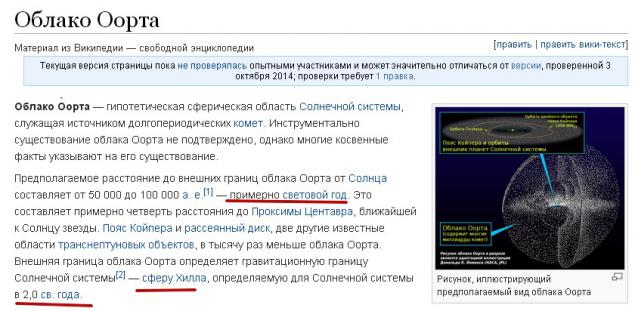
Well, it seemed - that we can still do not know about the solar system. Yes a lot!
We will not go into what the secrets are stored Mars, Jupiter, Venus. These topics are devoted many articles on the Internet, including online history of the Earth. Of course, in those few articles purely scientific basis, but it there and can not be, because mainstream science does not recognize much, much is not able to prove, and that may prove - not allowed.
But let us turn to the information exclusively scientific origin.

And many of you have heard of the Kuiper Belt?
I am sure that almost none of the readers of this page of this zone have not heard! A Kuiper - this is not a fashion designer or leather maker, and dog collars also never done (at least the official science does not know about it).
The little-known region of the solar sistemyNamolennaya Wikipedia tells us that the Kuiper Belt (sometimes also called a belt Edgeworth - Kuiper) - a fancy area of the solar system beyond Neptune. Here adjacent shorter. The Kuiper Belt is similar to the asteroid belt, it is about 20 times wider and 20-200 times as massive as the last. Like the asteroid belt, it consists mainly of small bodies. From there, these small bodies come from? Ostensibly they are there arose in the formation of the solar system. Unlike objects asteroid belt Kuiper belt objects consist mainly of volatile substances such as methane, ammonia and water. Last there a lot. To some water is not enough - you are welcome! Be sure to tell the Arab sheiks - a lot of water, in the Kuiper belt! And then on to you - it is not nine planets!
Dear Wikipedia notes that in "the area near space are at least three dwarf plenety: Pluto, Haumea and Makemake. Pluto - we heard it in the school curriculum and even there. And the other two!
Since then, in 1992, the belt was discovered, the number of known DIC (about plutonovyh objects) exceeded one thousand, and it is estimated that more than seventy thousand more!
DIC with a diameter greater than 100 km are not found. Previously it was believed that the Kuiper Belt - the main source of short-period comets with orbital periods less than 200 years. However, observations conducted from the mid-1990s showed that the Kuiper belt is dynamically stable and comets to us rushes.
Pluto - the largest known Kuiper Belt object. Initially it was considered a planet, but was reclassified as a dwarf planet. In composition, Pluto resembles other objects of the Kuiper belt, and its orbital period can be attributed to a subset of its defense industry under the name "Plutino" - in tune with the Russian language as something suspicious and funny sounds.

So what? If Pluto is not a planet, but just a dwarf, so how many planets in this solar system ?!
The answer - and hell knows! But probably 11 or 12. So say the ancient sources.
But such official science tells us about the above two planets in the Kuiper Belt:
Haumea - dwarf planet Kuiper Belt
Haumea - dwarf planet, Plutoid, trans-Neptunian objects (TNO). According to astronomers from the Palomar Observatory (California), a size comparable to the size of Pluto, strongly elongated shape and period of rotation around its axis about 4 hours. Has 2 satellite with an orbital period of 18 and 49 days. Named after the Hawaiian goddess of fertility and childbirth Haumea.
Makemake - dwarf planet, Plutoid, Classical Kuiper belt object. Originally designated as 2005 FY9, later received a number 136472. According to the astronomers of the Palomar Observatory (California), has a diameter of from 50% to 75% of the diameter of Pluto and ranks third (or fourth) place the diameter of Kuiper belt objects. Unlike other major trans-Neptunian objects, Makemake have not yet discovered the satellites, and therefore its mass and density remain uncertain.
And now for the plot - our scientists write about the Oort cloud, which is situated a thousand times farther from the sun.
So where is it - the border of the solar system. And there are no aliens, mind!





